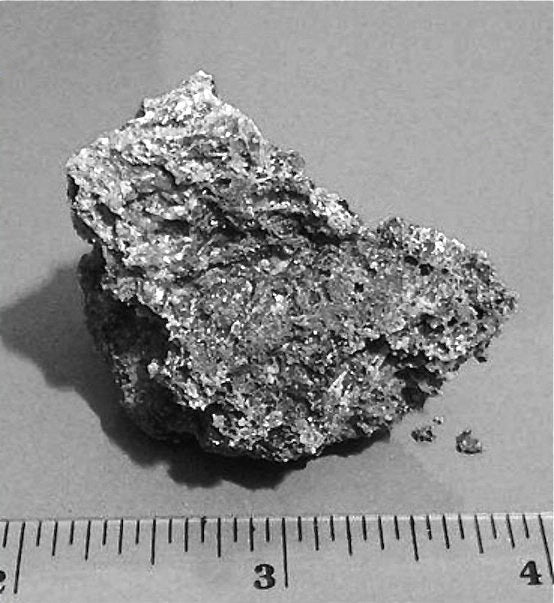
Scientists in the United Kingdom have announced that fragments of a meteorite that fell in Sri Lanka last December contain fossils that include biological properties.
If true, this discovery would strongly suggest that life exists elsewhere in space. It would also bolster the theory known as panspermia -- a concept that life spreads across the known universe with the help of comets or meteorites.
Huffington Post first reported on this discovery in January, a couple of weeks after the meteorite came down near the the Sri Lanka village of Polonnaruwa.
Early criticism of the fossils originating in outer space included the possibility that the rock was merely terrestrial-based and might have been struck by lightning, causing unusual changes in its structure. There was also the possibility that the rock had somehow been contaminated after it struck the ground.
According to NPR, the scientific team -- led by Chandra Wickramasinghe of the Buckingham Center for Astrobiology and Jamie Wallis of Cardiff University -- claims that scanning electron microscope (SEM) images reveal tiny fossilized forms of algae.
In a paper appearing in the March 2013 edition of the Journal of Cosmology, the scientists describe their in-depth analysis of the meteorite fragments.
"Preliminary inspection of a few of the SEM images revealed the presence of a number of highly carbonaceous biological structures," they wrote. "Some of these were deeply integrated in the surrounding mineral matrix indicating they could not have been recent biological contaminants."
The scientific team also tested the nitrogen content and performed oxygen isotope analysis on the fragments that led them to believe the material originated off Earth, possibly from a comet.
"This provides clear and convincing evidence that these obviously ancient remains of extinct marine algae found embedded in the Polonnaruwa meteorite are indigenous to the stones and not the result of post-arrival microbial contamination," they concluded in their study.
But there's another side to the picture.
When the meteorite story first broke in January, astronomer Phil Plait wrote on his Bad Astronomy blog that he was dubious of the Journal of Cosmology as well as the initial claims of the scientists involved with the fossils-in-the-meteorite narrative.
With the publication of the new paper in the Journal of Cosmology, Plait now says the claims are "even shakier" than the original ones in January.
"They provide lots of technical data that gives their work a veneer of credibility, but when you look a bit deeper you find they didn't do a lot of critically necessary tests to establish the veracity of their claims. All the technical stuff obfuscates the fact that they missed the boat in some very basic ways," Plait wrote.
In contrast to the scientists, who believe they've determined that life exists in space, Plait makes his own case that alleges they haven't determined this was all from a real meteorite, and that they didn't eliminate the contamination possibility.
So, who's right and who's wrong? If the British team's claims are correct, then it would turn out to be a discovery of galactic proportions.
ET Life In A Meteorite? Scientists Try To Confirm The Possibility

